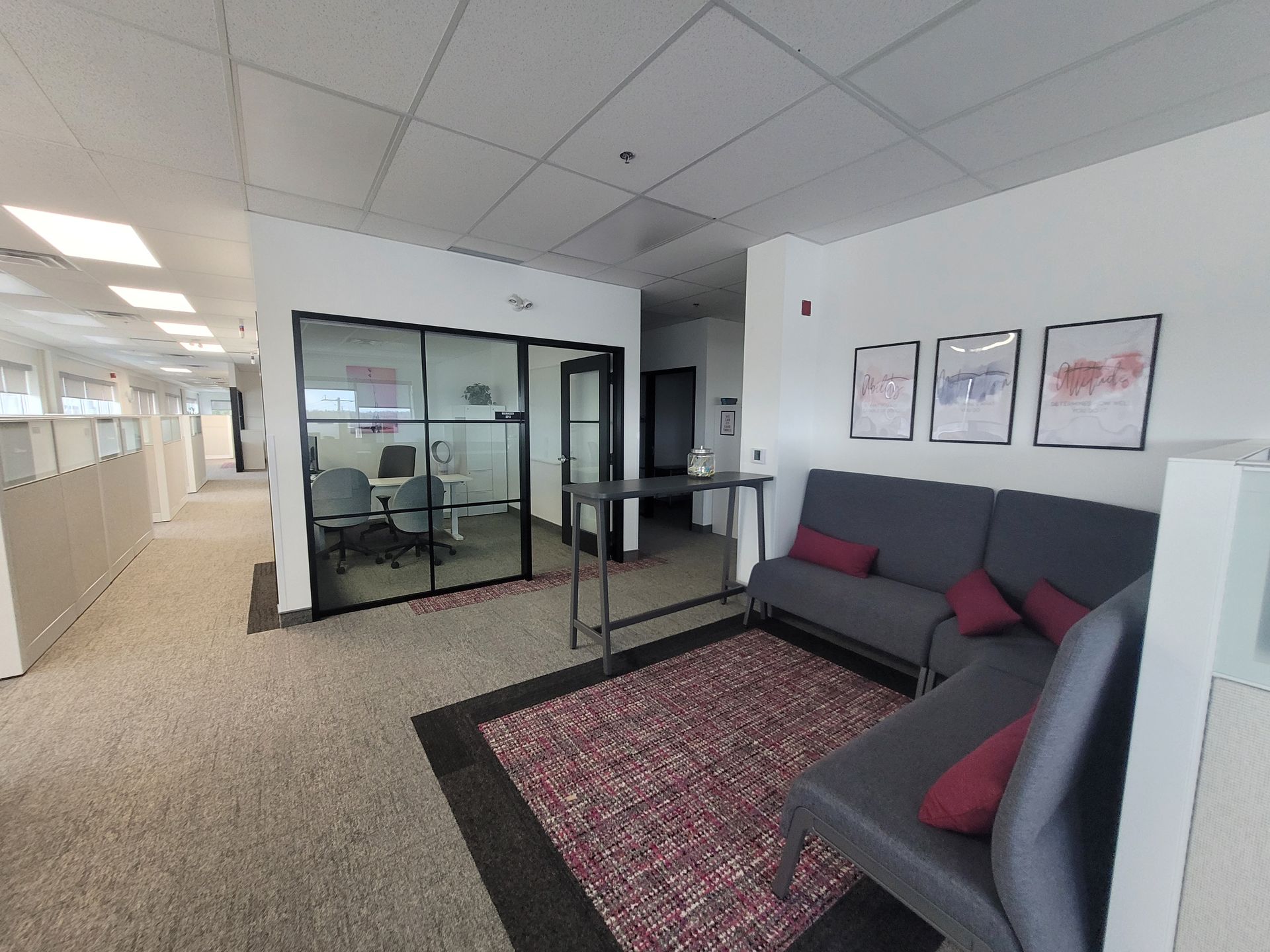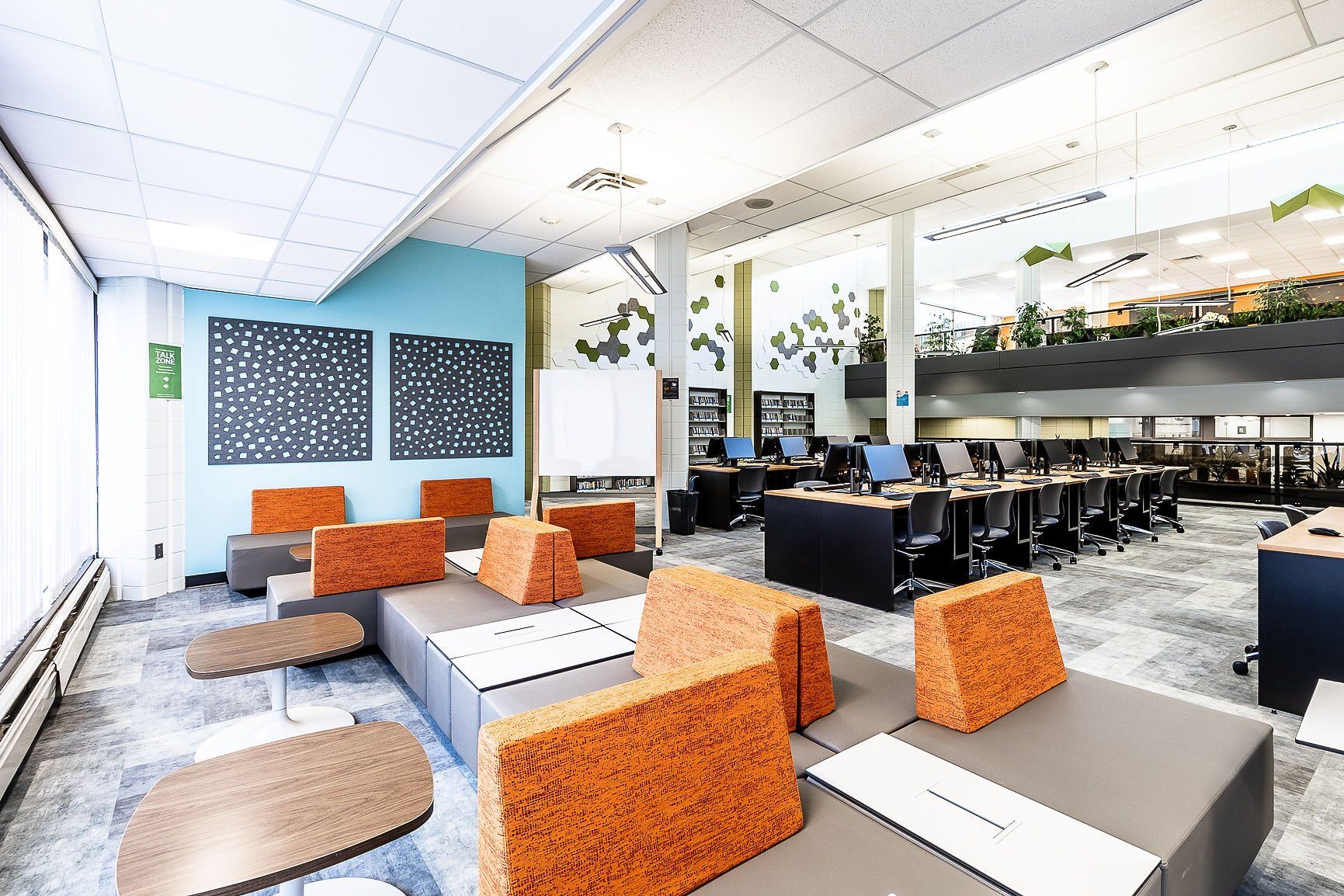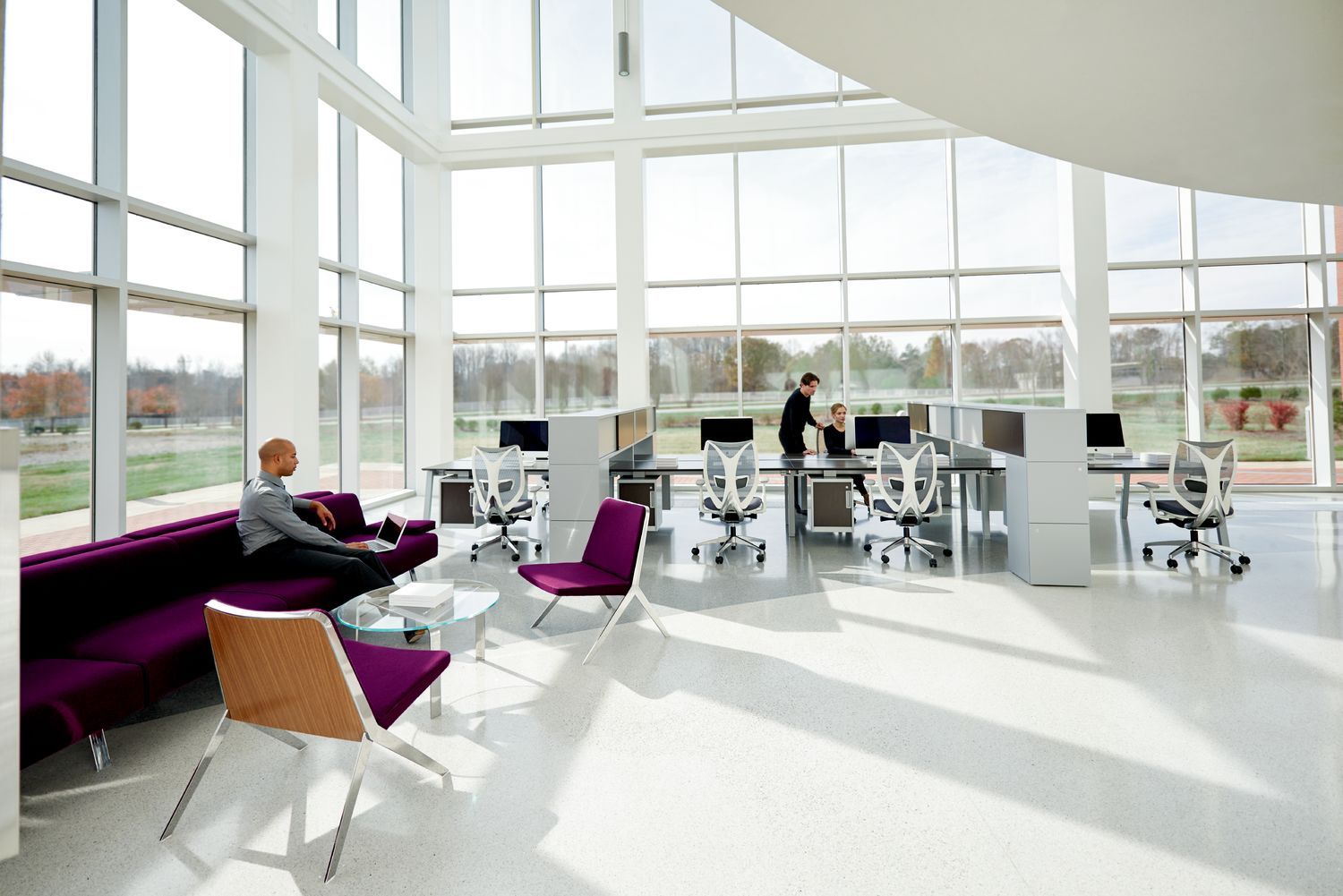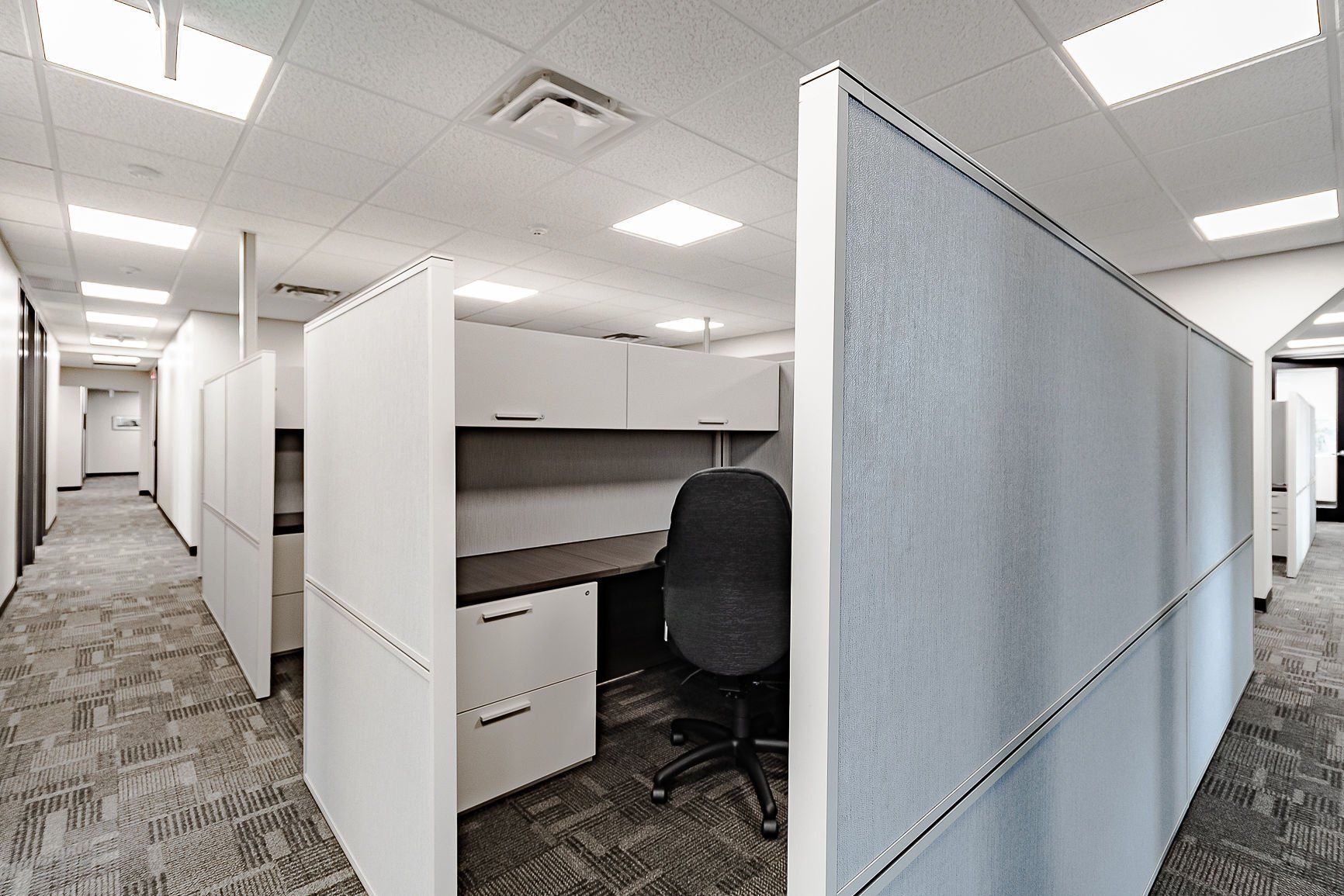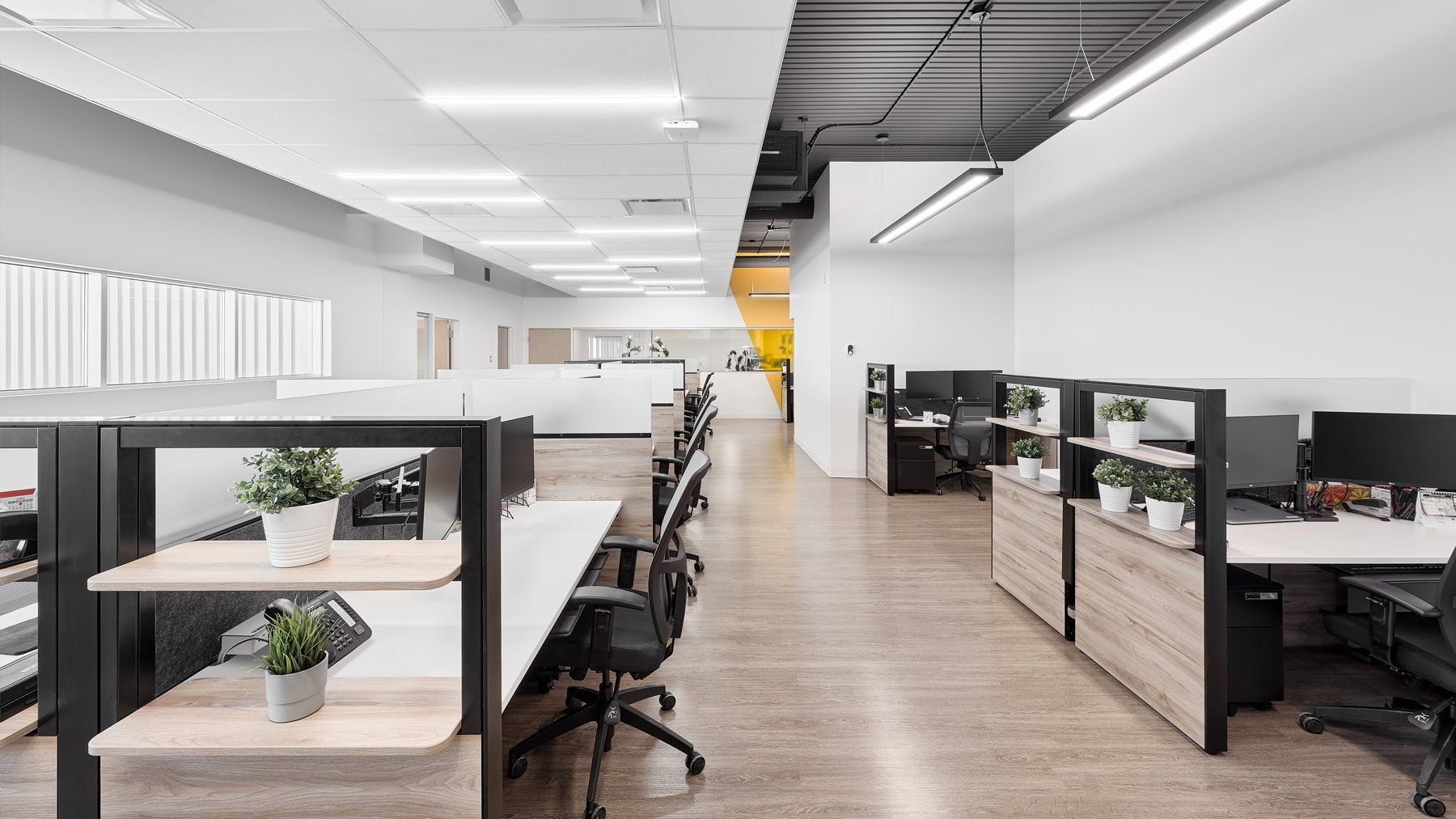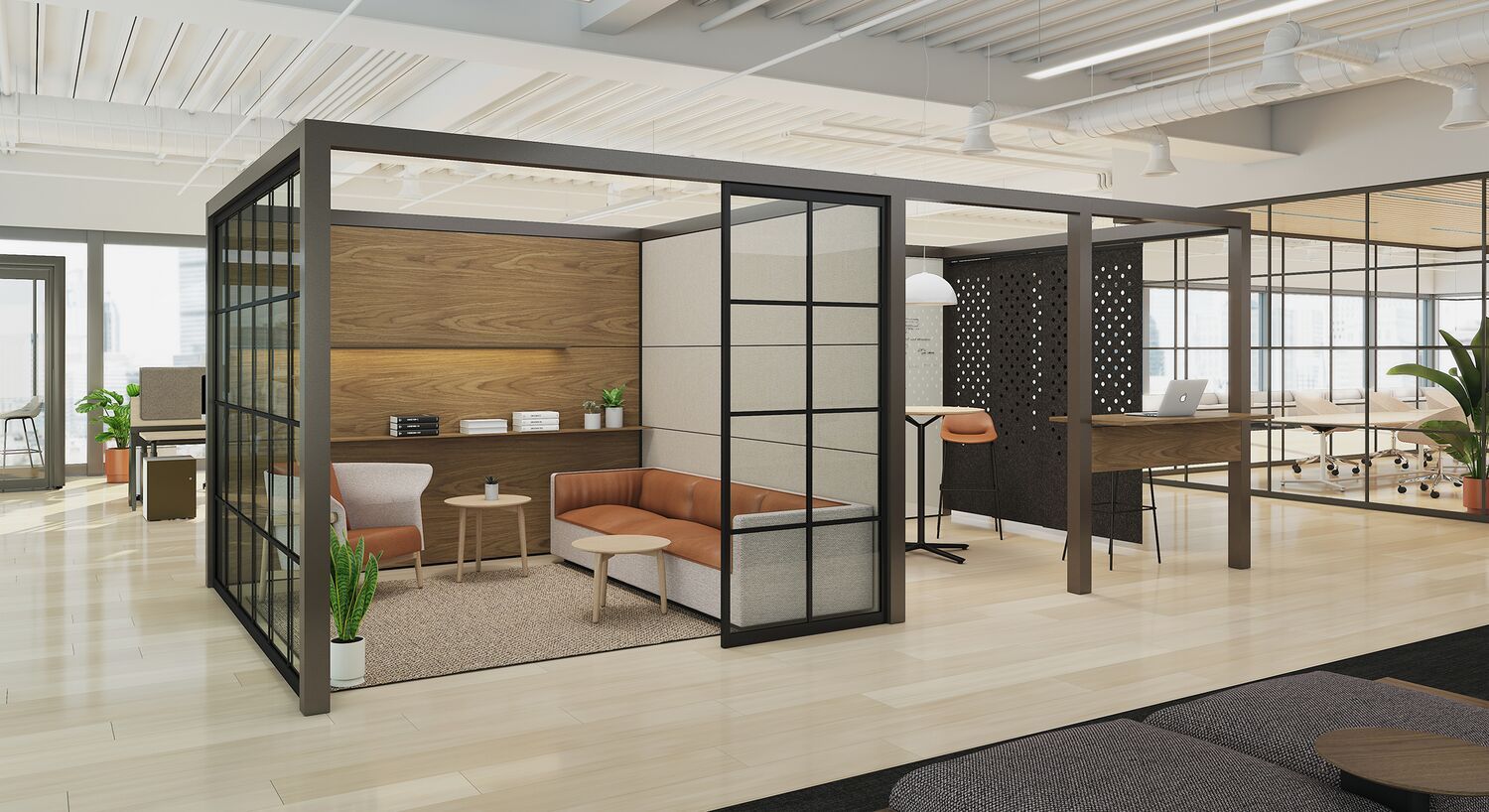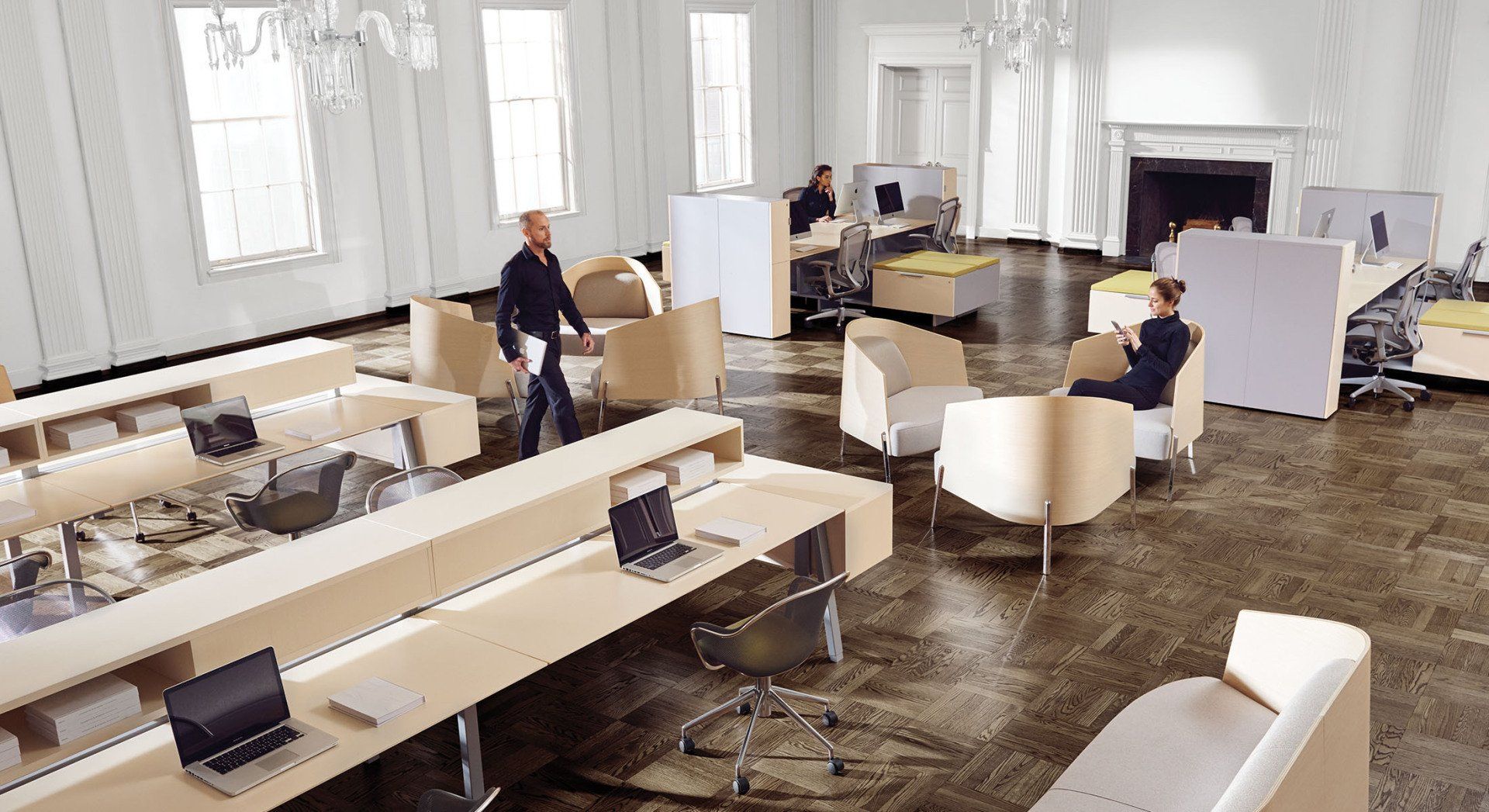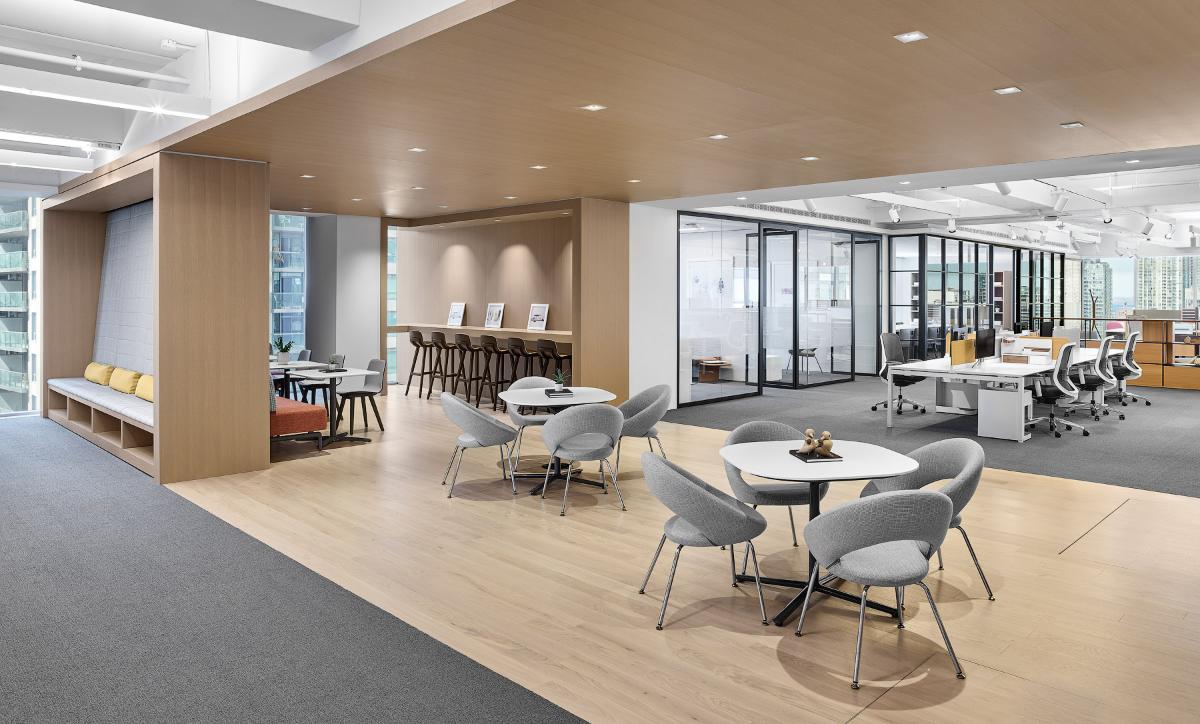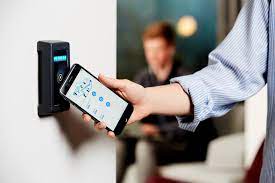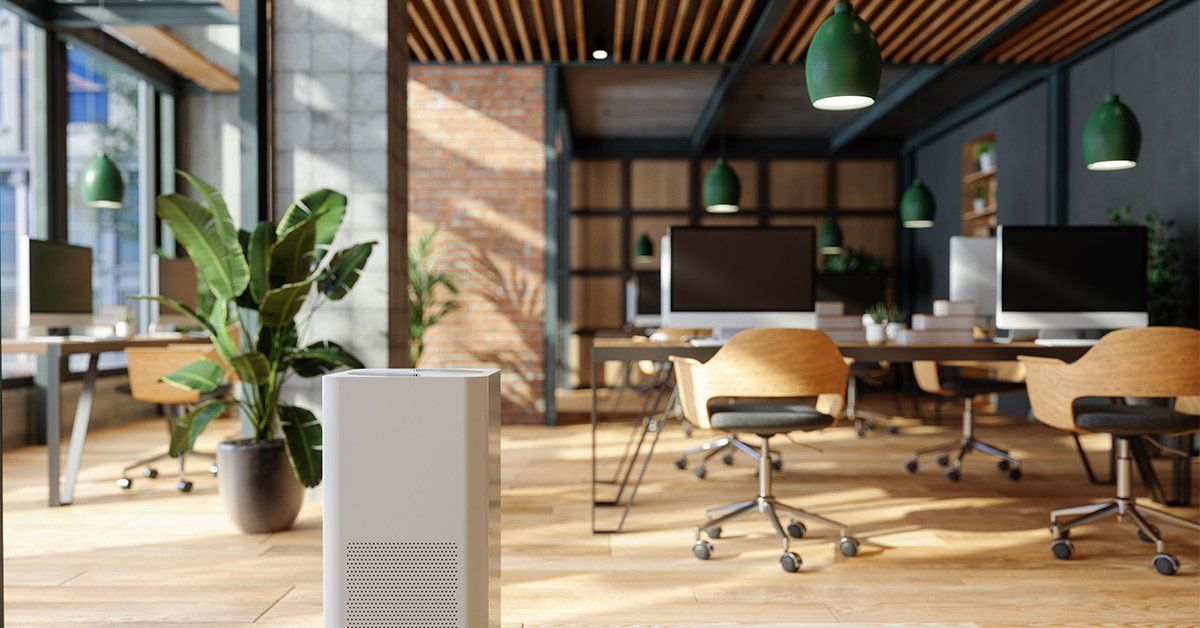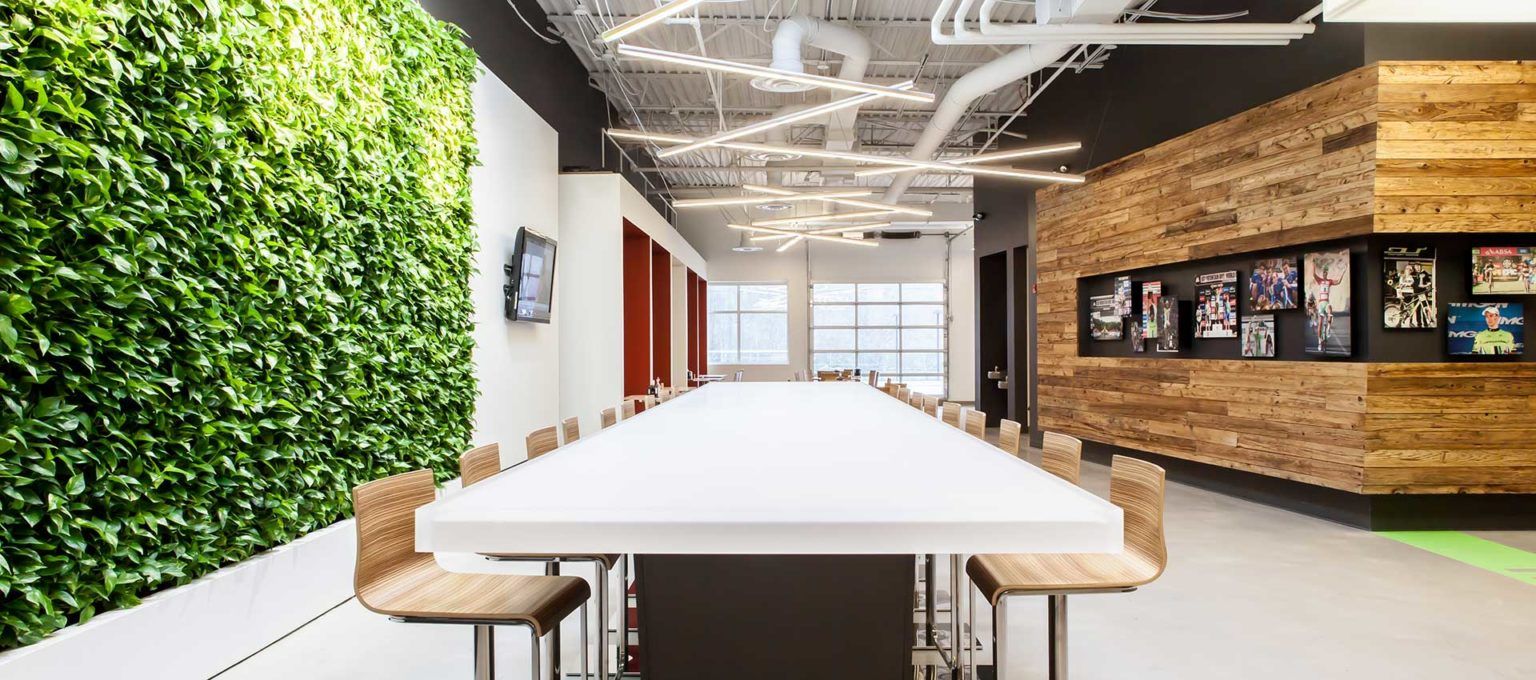Wellness and the Workplace
- desk pods - Desk pods allow three to four workers to collaborate while still providing distance and encourage both safety and teamwork.
- desk distancing - Office layouts using alternating desk and workspace layouts and having them face away from each other makes it easier for employees to maintain their distance.
- outdoor office spaces - While not possible for all companies in all climates, many offices are setting up outdoor office spaces.
- smaller conference areas - Smaller conference rooms encourage small group collaborations while still allowing staff to maintain a healthy distance without taking up a large conference room.
Remote/Office Work Balance -
Remote working became essential to many businesses to ensure continuity during the COVID-19 health crisis. Now that many businesses are opening back up, having the flexibility to work from home (or from anywhere) seems to be a continued preference.
Although organizations may have full-time remote working capabilities, it doesn’t mean you’re ready to completely say goodbye to office life. Many factors like corporate culture, demographics, employee work styles, and more will have an impact on the return to the office decision.
Working in an office strengthens humanity and innovation, purpose, energy, wellbeing, talent, culture, and beyond.
The obvious solution for many may be having the flexibility to skip the commute, as well as the opportunity to work face-to-face with colleagues. This would help support the work-life balance and overall employee happiness.
Sanitization -
Organizations will need to make it easier for employees to keep up with proper hygiene in the COVID-19 era. That can be accomplished by adding sinks in kitchens and break rooms, or having multiple hand sanitizer dispensers in key places around the office.
It will also be important to make other adjustments to help with office sanitation such as assigning lockers, file drawers, or cabinets to individuals. Trash cans should be placed in communal areas (as opposed to individual desks) to consolidate sanitation.
Photo: Teknion
Flexible Workspaces -
The need to collaborate effectively within teams and across departments has inspired new forms of meeting spaces in offices.
Hot Desking, which does away with the traditional personal working space, includes different co-working zones and think spaces.
Office design will also need to include more boundaries or barriers such as curtains, walls, or shields so that employees can choose seats that allow them to distance themselves from others. Seats will also need to be placed so that colleagues don’t need to directly face one another.
Hands Free Touchless Technology and Design -
A big office design trend in 2021 will definitely be the implementation of hands-free technology to limit surface touching and the spread of a viruses in the workplace. Examples of this may include touchless washroom and kitchen fixtures and accessories, door access, and wireless systems for presentations and video conferencing.
There will also be more voice activation or VOIP communication tools, artificial intelligence, and other hands-free controls incorporated throughout office spaces.
Smart Materials and Nature based design -
Smart materials that are easy to maintain, resist mold, and promote good indoor air quality should be a priority for office spaces.
In addition, offices will need to ventilate better with outdoor air to dilute airborne contaminants and lower transmission opportunities. Air purification units for office spaces and individual work zones will assist with filtering out particulate matter and virus-laden aerosols.
HVAC systems should also be updated to improve air circulation and filtration.
Offices are also going green as nature-inspired designs are being incorporated to bring elements of the outdoors inside. Biophilic design aims for visual connectivity between humans and nature.
Office plants such as Living Walls also help to improve air quality and lead to a healthier quality of life for employees. You can learn more about this topic by reading Biophilic Design in the Workplace.
Even among an increasingly remote workforce, companies are welcoming new office design developments and technologies to boost workplace safety, productivity, and overall well-being.
As we continue to navigate a global pandemic and its aftermath, it is hopeful as we look forward to a brighter future filled with disruptive office design innovations that will focus on making sure that employees have the necessary health and work-life balance tools.
Contact Us
